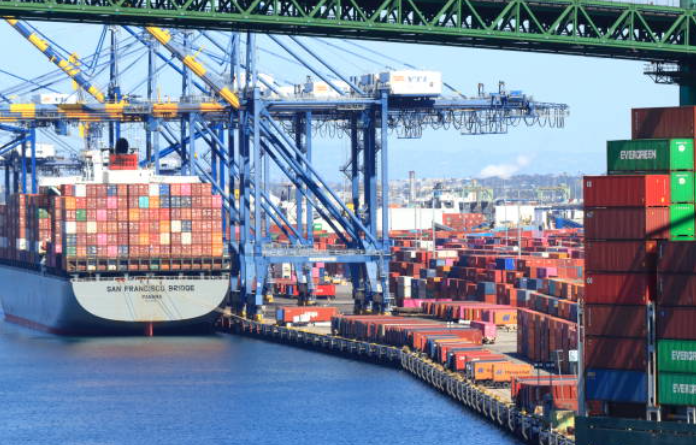Introduction
- Overview: Discuss the increasing demand for roll forming machines in the U.S. market, especially for industries such as construction, roofing, and metal fabrication.
- Why Import?: Many businesses choose to import custom or specialized roll forming machines not readily available in the U.S. market.
1. Understanding U.S. Import Regulations
- Compliance with U.S. Laws: Highlight the importance of complying with regulations enforced by U.S. Customs and Border Protection (CBP) and other relevant bodies.
- Tariffs and Duties: Explain the common duties and tariffs applied to importing machinery, focusing on Harmonized Tariff Schedule (HTS) codes specific to roll forming equipment.
- Licenses and Permits: Discuss if there are any specific licenses or permits required for importing machinery.
2. Finding Reliable Suppliers
- Researching International Manufacturers: Provide tips on finding reliable manufacturers globally, especially from markets known for quality roll forming machines (e.g., Europe, Asia).
- Supplier Vetting: How to check credibility, reputation, and product certifications before committing to a purchase.
- Requesting Product Information: Emphasize the need for technical specifications, machine capabilities, and service support.
3. Shipping and Logistics
- Choosing a Freight Forwarder: Discuss the role of a freight forwarder in navigating international shipping.
- Incoterms: Explain international shipping terms like FOB (Free On Board) and CIF (Cost, Insurance, and Freight) to clarify responsibility during the shipping process.
- Import Documentation: List necessary documents such as the commercial invoice, packing list, and bill of lading.
4. Customs Clearance
- Customs Broker Services: Highlight the role of customs brokers in managing the clearance process, ensuring all documentation and fees are handled correctly.
- Inspection and Compliance: Mention potential inspections for safety standards or environmental regulations.
5. Installation and Technical Support
- Machine Installation: Importance of coordinating installation services, including assembly, calibration, and testing of the machine upon arrival.
- Training and Support: Ensure that the machine supplier offers technical support, remote troubleshooting, or on-site training if needed.
6. Costs and Budgeting
- Understanding the Full Cost: Aside from the machine cost, factor in shipping, customs duties, taxes, and installation.
- Cost-Saving Tips: Strategies for reducing costs, such as buying in bulk or negotiating better shipping terms.
Conclusion
- Key Takeaways: Summarize the essential steps for successfully importing roll forming machines into the USA, emphasizing preparation, compliance, and careful supplier selection.
- Industry Trends: Touch on the increasing integration of international machinery into U.S. markets, making it more accessible and beneficial for growth.
This post will provide a comprehensive guide to your audience, covering the critical elements of importing roll forming machines into the U.S.
Machine matcher specialise in matching your roll forming machine requirements with the perfect new or pre owned machine.
We partner with, and represent some of the finest roll forming manufacturers in the market. For more information and a free machine quote please contact us today or view all machines.




